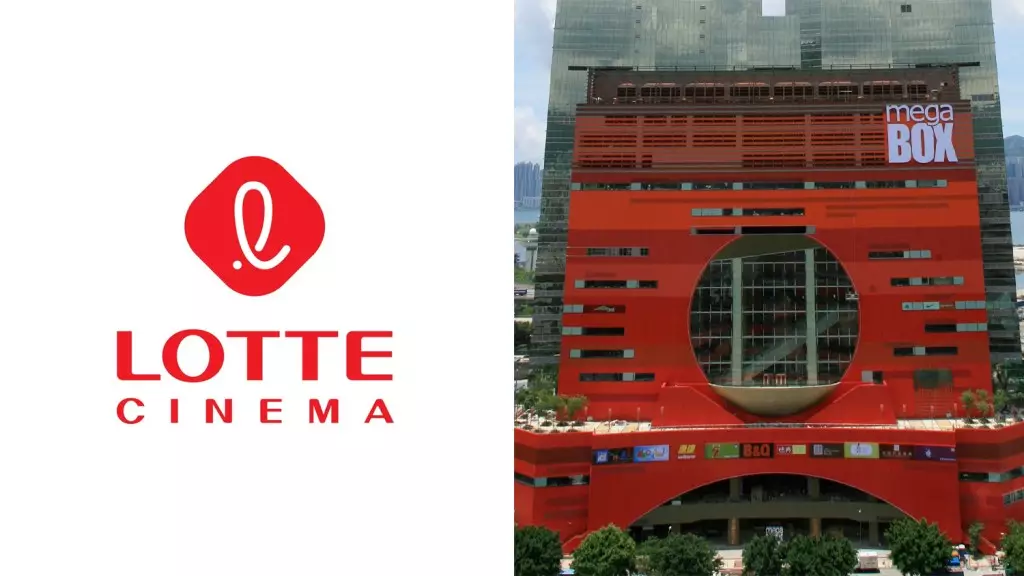The recent announcement that Lotte Cinema and Megabox are merging has ignited a spark of discourse regarding the future of the South Korean exhibition landscape. This significant move comes amidst a slow recovery for the country’s box office, which has seen diminishing returns in the years following the pandemic. With audiences remains hesitant to return in droves, the timing of this merger raises eyebrows but also glimmers hope for revitalization in a beleaguered industry.
Challenges Faced by the Industry
The film sector in South Korea has historically thrived, boasting a per-capita moviegoing rate that was one of the highest globally. Yet, recent years have belied this success, revealing an industry grappling with uncertainty. Audiences seem reluctant to engage with theatrical releases, opting instead for the comforts of at-home viewing via streaming services. This drastic cultural shift presents a daunting challenge for traditional exhibitors like Lotte and Megabox, forcing them to rethink their strategies if they hope to regain the market share they once enjoyed.
Synergy or Stagnation?
Lotte’s statement that the merger will create “synergy” through integrated operational strategies raises questions regarding authenticity. The careful phrasing suggests an optimistic outlook that may not align with the grim realities of the market. Merging to reduce costs and duplicate efforts makes strategic sense in theory; however, in practice, it risks becoming a mere exercise in cutting corners rather than fostering real innovation in customer experience or service.
Furthermore, will the promise of “special theaters” and enhanced customer service really compete against the allure of high-quality OTT content? Without concrete evidence of improvement in cinematic offerings—and not just a rehashed experience—it’s difficult to envision a scenario where consumers voluntarily choose theaters over the convenience of home viewing.
Investor Appeal and Future Directions
Another crucial aspect highlighted in the merger announcement is the ambition to attract new investments. However, investors are not just looking for large-scale operations; they are assessing the viability of the new entity amidst a now-volatile market. If Lotte and Megabox can bolster their appeal to investors by diversifying their offerings, they may stand a chance at rejuvenating their positions. Yet, without genuine innovation in content and viewer engagement, such investments may not materialize as hoped.
Additionally, the role of the Fair Trade Commission in assessing the merger poses a significant hurdle. Regulatory scrutiny can either legitimize or stymie these plans, depending on the perceived impact of the merger on consumer choice within the market. The cautious optimism surrounding the merger must consider these potential implications carefully.
A Turning Point or a Temporary Fix?
The merger of Lotte Cinema and Megabox could either mark a turning point for the South Korean cinema industry or fade into a narrative of missed opportunities. While a consolidated front offers more resources and potentially streamlined operations, it remains to be seen if this new entity can truly capture the attention of a changed consumer base. The survival of traditional cinemas in the era of digital streaming will depend not just on size but on adaptability and visionary leadership willing to break free from outdated models.

